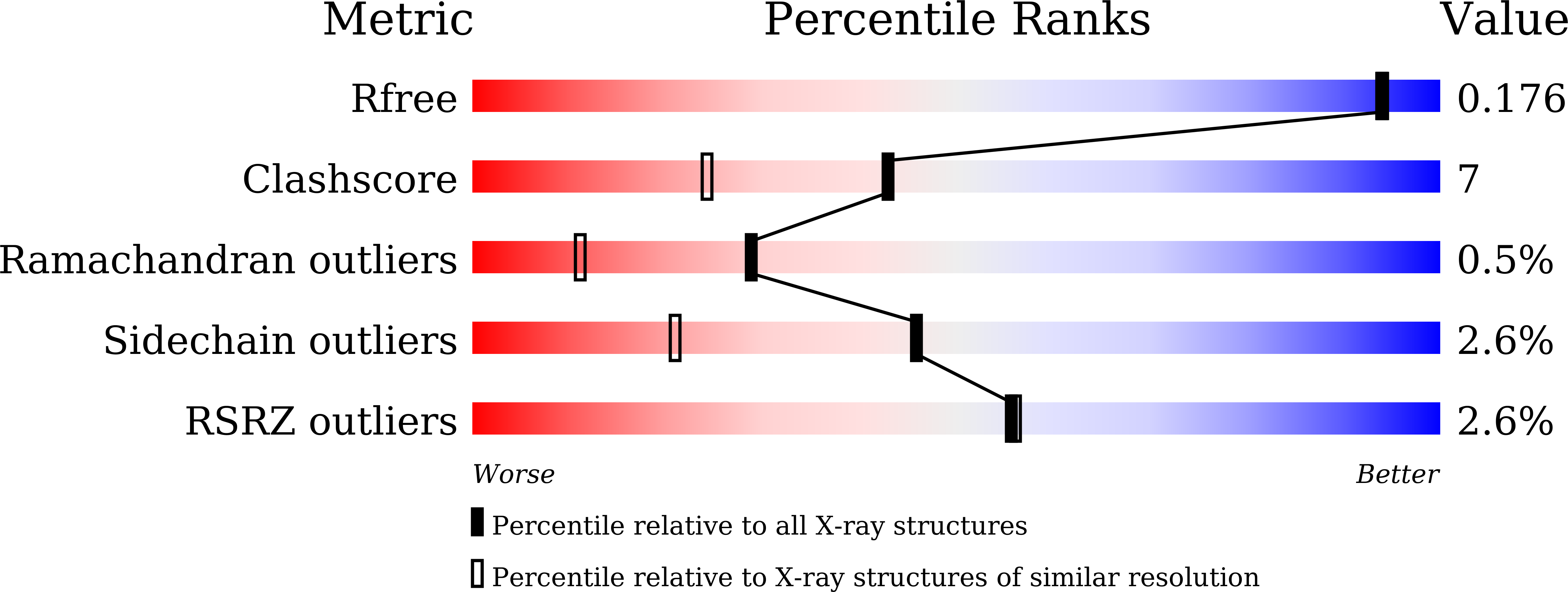
Deposition Date
2021-11-08
Release Date
2022-11-16
Last Version Date
2024-01-17
Entry Detail
PDB ID:
7VVR
Keywords:
Title:
Bovine cytochrome c oxidese in CN-bound mixed valence state at 50 K
Biological Source:
Source Organism:
Bos taurus (Taxon ID: 9913)
Method Details:
Experimental Method:
Resolution:
1.65 Å
R-Value Free:
0.17
R-Value Work:
0.15
R-Value Observed:
0.15
Space Group:
P 21 21 21


